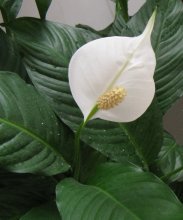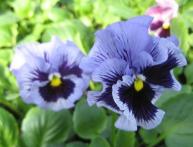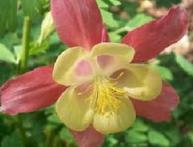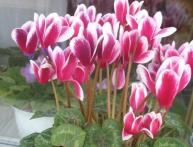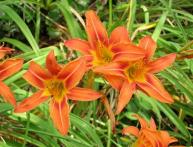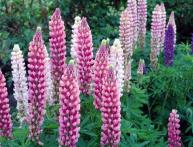Why does spathiphyllum not bloom, how to help “women’s happiness”?
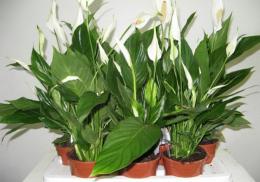
All plants in indoor floriculture came from the wild. Very often, when developing new territories, pioneers brought seeds or seedlings of exotic flowers.
Many of them became the ancestors of today's indoor plants. In order for them to grow well and delight with beautiful flowers, they need certain conditions, similar to natural ones.
Spathiphyllum is no exception. To understand why spathiphyllum does not bloom, why its foliage turns black and dries, you need to understand what conditions this plant needs and where it came from in people’s homes.
Content:
- Growing spathiphyllum: soil, light, watering
- Why doesn't spathiphyllum bloom in the room?
- How to make a plant bloom
Growing spathiphyllum: soil, light, watering
Spathiphyllum natural habitat:
- South America
- Central America
- Philippines
- New Guinea
- Solomon islands
Most often, most types of spathiphyllum exist in the humid tropics with alternating dry and wet seasons.
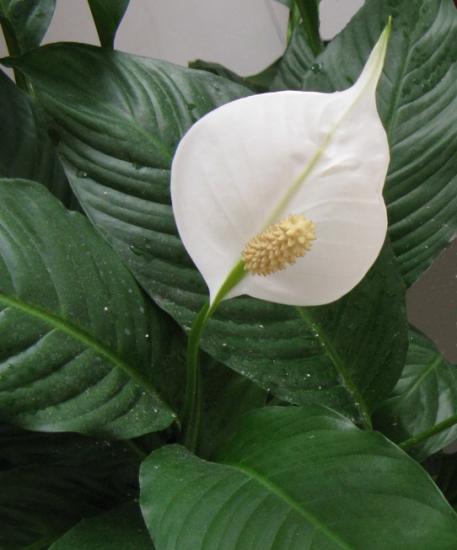
In warm tropical climates spathiphyllum grows as an evergreen perennial. There are both root forms and epiphytes.
Lovers of indoor flowers are attracted by the unusual spathiphyllum inflorescence, which is covered with a beautiful petal - a white blanket.
Considering that most wild species grow in high temperatures in a tropical climate, the plant needs a fairly high air temperature at home.
It is best if the room is not colder than + 22 + 23 degrees. In winter, the temperature can be allowed to drop to + 18 degrees.
When watering the plant, adhere to the following rules:
- Watering the plant is also dependent on seasonal conditions. In the warm season, it should be watered frequently and abundantly; in winter, watering should be moderate, but without drying out the earthen coma.
- Optimal frequency glaze in summer - once every three days, in winter - once every 7-8 days. Also, from spring to autumn, the plant needs feeding once every two weeks.
- Spathiphyllum responds well to sprinkling with warm, settled water. In summer, it is advisable to do this three to seven times a week.
The plant does not like drafty rooms and direct sunlight, although it has a great need for light. It is best to choose south-east and south-west windows, and create artificial shading on the south side.
The best soil for spathiphyllum is humus soil with a small addition of coniferous bark, charcoal, and brick chips. There must be a drainage layer at the bottom of the pot.
If all necessary conditions are met when growing spathiphyllum, then from mid-spring until the very end of summer the plant will be covered with numerous flowers. The older and larger the flower, the more flowers it produces. But sometimes it happens that spathiphyllum does not bloom. It is necessary to understand what reasons prevent flowering and how to eliminate them.
Why doesn't spathiphyllum bloom in the room?
It often happens that spathiphyllum looks very good in a pot, has numerous beautiful leaves, but does not bloom. The most likely reason is an excess of organic matter and nitrogen fertilizers.
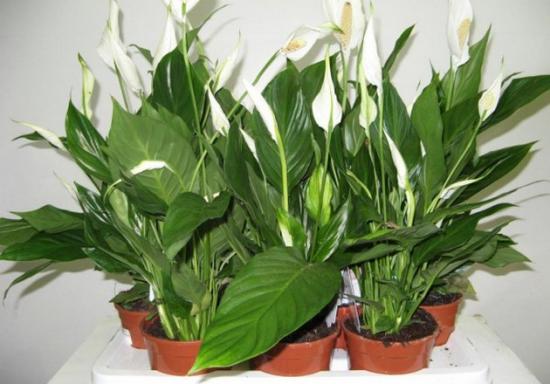
Here, immediate replanting of the plant with partial replacement or addition of new soil, and then following the feeding regime, can help.
When growing spathiphyllum, it is best to adhere to the rule: it is better not to overfeed than to overfeed. Although a lack of fertilizer can also disrupt flowering. Additional application of a phosphorus-potassium mixture will be required at the beginning of the period and nitrogen fertilizers at the end of flowering.
The next reason for the lack of flowers is growing the plant at low temperatures for a long period. Moving the pot to a warmer room will encourage flowers to appear.
Errors in lighting conditions may cause a delay in the appearance of colors. In winter, the need for continuous lighting is greater than in summer.
In winter, the plant should be kept in brighter sunlight than in spring and summer. Direct summer sun causes leaf damage and loss of flowering.
Many gardeners make the mistake of transplanting spathiphyllum into a pot that is too spacious.
Until the root system has taken over the entire space inside the pot, it should not be replanted. If the transplant does occur, then it is better to return the flower to a tighter pot.
Spathiphyllum reacts sharply to irrigation errors. It can stop blooming either with a lack or excess of moisture.
By the blackened and dried tips of the leaves, you can determine that the plant is suffering from excess moisture.If the soil has dried out and the leaves have become limp and lost their elasticity, then you can restore the plant by placing the pot in a bucket of water.
How to make a plant bloom
Sometimes, in order to “make” spathiphyllum bloom, you can give it a little shock. For example, place it in a very cool room for two weeks, where the temperature is no higher than +12 degrees. After this, bring it into a warm place, feed it and wait for the flowers to appear.
Poor development and lack of flowers can be caused by various diseases and pests.
Spathiphyllum is most often damaged:
- scale insects
- spider mite
- thrips
It is worth treating the flower and ridding it of pests in order to cause flowering. This can be done by treating it with special preparations according to the instructions. Timely removal of old flowers also promotes the appearance of new buds.
If this indoor plant is provided with good living conditions and proper care, then women's happiness, in response to care, will bloom annually and delight the hostess with beautiful flowers.
Video on how to make spathiphyllum bloom:
Interesting information about the vegetable garden

